Super Glossary of Sleep & Oral Appliance Terms
Expanded definitions to help patients, providers, and search engines alike.
Core Sleep Terms
Obstructive Sleep Apnea (OSA)
A condition where the airway collapses or becomes blocked during sleep, causing breathing pauses and frequent awakenings. It can lead to serious health problems like high blood pressure, stroke, and fatigue.Apnea-Hypopnea Index (AHI)
A measurement used to diagnose sleep apnea severity. It counts the number of apneas (complete pauses in breathing) and hypopneas (partial reductions) per hour of sleep.Snoring
A vibration of soft tissues in the throat during sleep that can be a warning sign of airway obstruction or sleep apnea.Upper Airway Resistance Syndrome (UARS)
A sleep disorder involving increased effort to breathe due to a partially collapsed airway. Often underdiagnosed, it can cause fatigue and disrupted sleep despite a low AHI.Daytime Sleepiness
A common symptom of sleep-disordered breathing, characterized by difficulty staying awake, poor focus, or unrefreshing sleep.
Diagnosis & Testing
Home Sleep Test (HST)
A portable device that tracks breathing, oxygen levels, and heart rate to diagnose sleep apnea from the comfort of your home.Polysomnogram (PSG)
A comprehensive sleep study performed in a lab, measuring brain waves, breathing, heart rate, and muscle activity.Pulse Oximetry
A test that uses a small device on the finger to monitor blood oxygen levels during sleep.Sleep Diary
A log used to track sleep habits, patterns, and symptoms over time — often used alongside testing.Epworth Sleepiness Scale
A quick questionnaire that helps measure how sleepy you are during typical daytime situations. A higher score suggests more severe sleep disruption.
Treatment Options
Oral Appliance Therapy (OAT)
A custom mouthpiece that repositions the lower jaw or tongue to keep the airway open during sleep — a popular CPAP alternative.Mandibular Advancement Device (MAD)
A specific type of oral appliance that gently moves the jaw forward to prevent airway collapse.NightLase® Therapy
A laser treatment that tightens soft tissues in the throat to reduce snoring and mild sleep apnea without surgery or appliances.CPAP (Continuous Positive Airway Pressure)
A machine that uses airflow through a mask to keep the airway open. Considered the gold standard for moderate to severe sleep apnea, but often hard for patients to tolerate.Tongue Retaining Device (TRD)
An alternative oral appliance that holds the tongue forward during sleep to keep the airway open, often used when jaw advancement isn’t appropriate.Positional Therapy
Treatment designed to prevent sleeping on the back (when apnea is often worse). Includes wearable devices and special pillows.Weight Loss & Lifestyle Changes
Improving weight, diet, alcohol intake, and sleep hygiene can reduce apnea severity in some patients.
Insurance & Billing
Durable Medical Equipment (DME)
A classification used by insurance companies for medical devices like CPAP machines and oral appliances.CPT Code E0486
The medical billing code used for custom oral appliances that treat obstructive sleep apnea. Covered by most medical insurance when prescribed as a CPAP alternative.
CPT Code 95800
A billing code for unattended home sleep studies.Prior Authorization
A process where your doctor’s office requests approval from insurance before a treatment (like oral appliances or sleep testing) is covered.Medical Necessity Letter
A formal document explaining why a treatment (e.g. oral appliance) is required, often submitted to help get insurance coverage.
Provider & Referral Language
Dental Sleep Medicine
A specialty within dentistry that focuses on using oral appliances to treat sleep-related breathing disorders like snoring and OSA.Sleep Physician
A doctor board-certified in sleep medicine who diagnoses and manages sleep disorders, often using polysomnography or home sleep testing.Interdisciplinary Care
A collaborative approach between medical and dental providers to manage sleep disorders.Board-Certified Sleep Specialist
A physician with formal certification in sleep medicine — typically interpreting HSTs and managing complex apnea cases.Co-Management
A care model where a general dentist refers a patient to a sleep-focused practice for testing or oral appliances, then continues routine dental care.
Symptoms People Search For
Waking Up Gasping for Air
A common symptom of untreated sleep apnea where breathing suddenly stops and resumes during the night.Dry Mouth in the Morning
Often linked to mouth breathing or poor airway function during sleep — can be a sign of OSA.Chronic Snoring
Loud or disruptive snoring most nights, often associated with airway collapse during sleep.Fatigue Despite Full Night’s Sleep
A common clue pointing toward undiagnosed sleep apnea or UARS.Jaw Pain & Morning Headaches
Can be linked to clenching, sleep apnea, or poor oxygenation during sleep.
